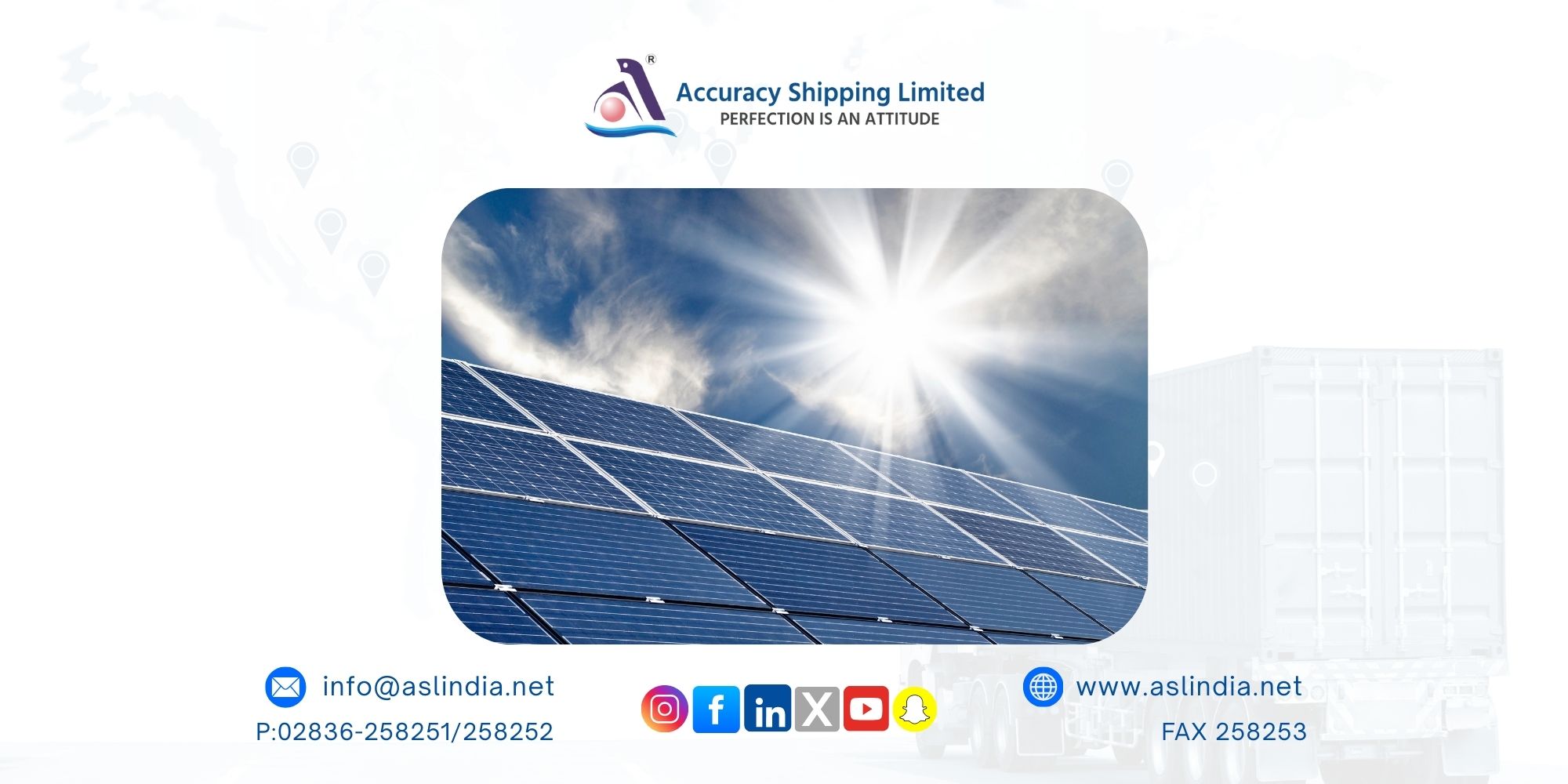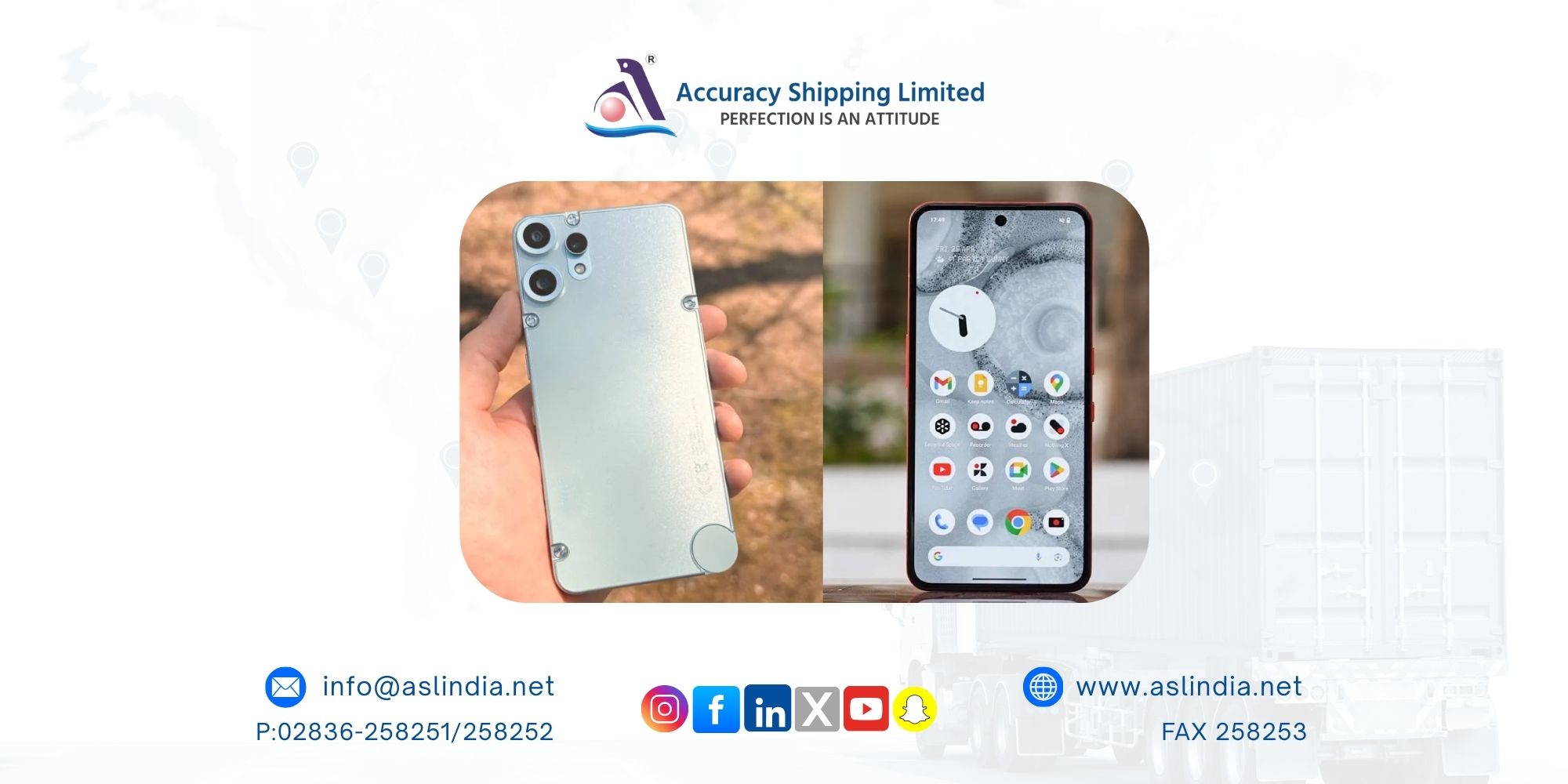Scientists find green way to recycle toxic perovskite solar cells

A breakthrough in sustainable solar technology
In a major stride toward eco-friendly energy solutions, scientists have discovered a green method to recycle perovskite solar cells, addressing a critical challenge in the solar industry. While solar power has long been hailed as a cleaner alternative to fossil fuels, the production and disposal of solar panels — particularly perovskite-based ones — still pose significant environmental concerns.
The promise and problem of perovskites
Perovskite materials have revolutionized the field of photovoltaics (PVs). These crystal structures offer several advantages over traditional silicon-based solar panels: they are cheaper to produce, more flexible, and capable of achieving high power conversion efficiencies. Thanks to these benefits, perovskite solar cells have garnered considerable attention in both research and commercial sectors.
However, there’s a dark side to their popularity. Perovskites often contain toxic heavy metals, especially lead, which can leach into the environment when not properly disposed of. This toxicity complicates their end-of-life management, making the development of safe recycling methods a high priority.
Silicon vs. perovskite solar panels
Although using solar energy is better for the environment compared to fossil fuels, traditional silicon-based panels come with their own drawbacks. Manufacturing silicon panels is energy-intensive, requiring high temperatures and expensive raw materials. Moreover, we currently lack efficient systems to recycle silicon-based solar modules, leading to concerns about electronic waste.
In contrast, perovskite solar cells are simpler and cheaper to produce. They can be made using solution-based processes at lower temperatures, significantly reducing manufacturing costs and energy consumption. But despite these advantages, the presence of lead and the use of hazardous solvents during recycling have kept them from being a truly sustainable alternative — until now.
Toxic solvents: an old barrier
Historically, recycling perovskite solar cells involved using harmful organic solvents like dimethylformamide (DMF), which pose significant health and environmental risks. These solvents are not only toxic to humans but are also difficult to dispose of safely. This has been a major roadblock in creating a green lifecycle for perovskite solar panels.
The green recycling breakthrough
Recent scientific advancements are changing the game. Researchers have now developed an environmentally friendly technique to recycle perovskite solar cells without relying on toxic solvents. This innovative method enables the safe recovery of valuable components like lead, ensuring they are either reused or disposed of responsibly, without endangering ecosystems or human health.
The new process also minimizes energy input and material waste, making it a double win for sustainability. By extracting and treating the harmful substances in a controlled manner, scientists can now close the loop on perovskite solar cell production — a major step forward in green energy technology.
What this means for the future
This breakthrough could significantly enhance the viability of perovskite solar cells as a large-scale solution to global energy demands. With cleaner production and now greener recycling options, the industry can confidently move toward deploying perovskite PVs on a broader scale. It opens up opportunities for reducing the environmental footprint of solar energy while still reaping its full benefits.
As the world continues to shift toward renewable energy sources, sustainable innovations like this one will be critical. They not only reduce dependency on fossil fuels but also ensure that our green solutions are truly green from beginning to end.







